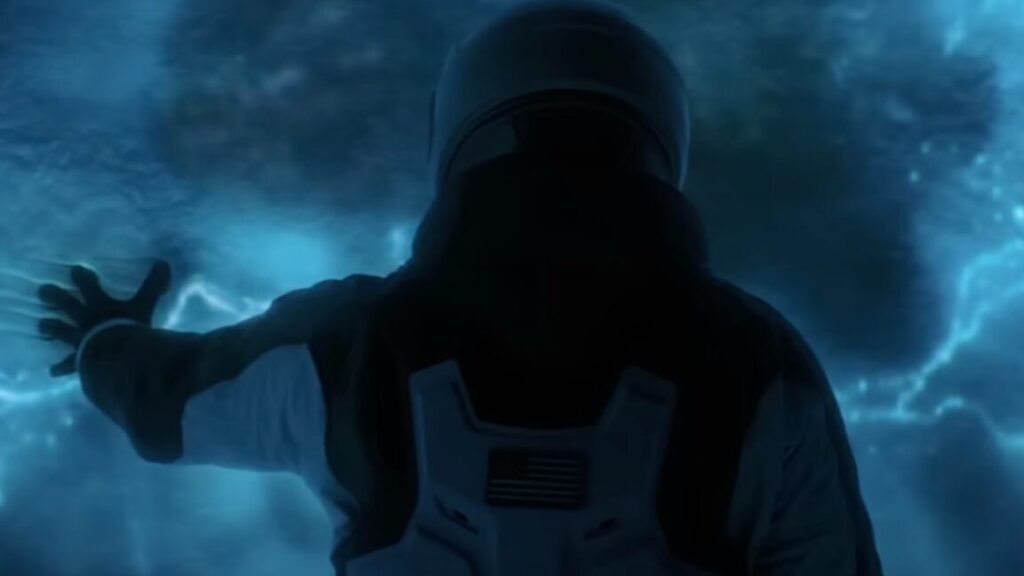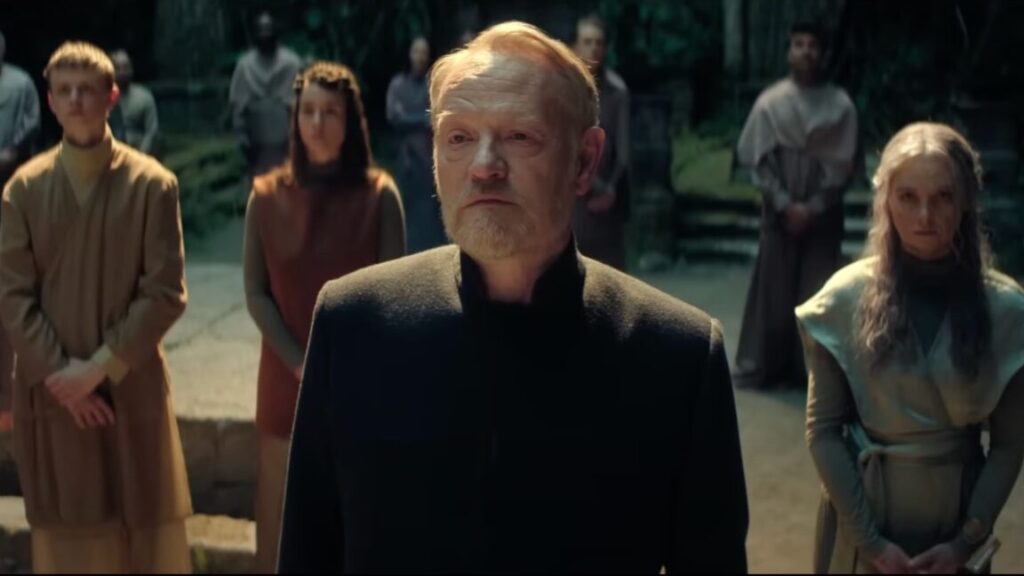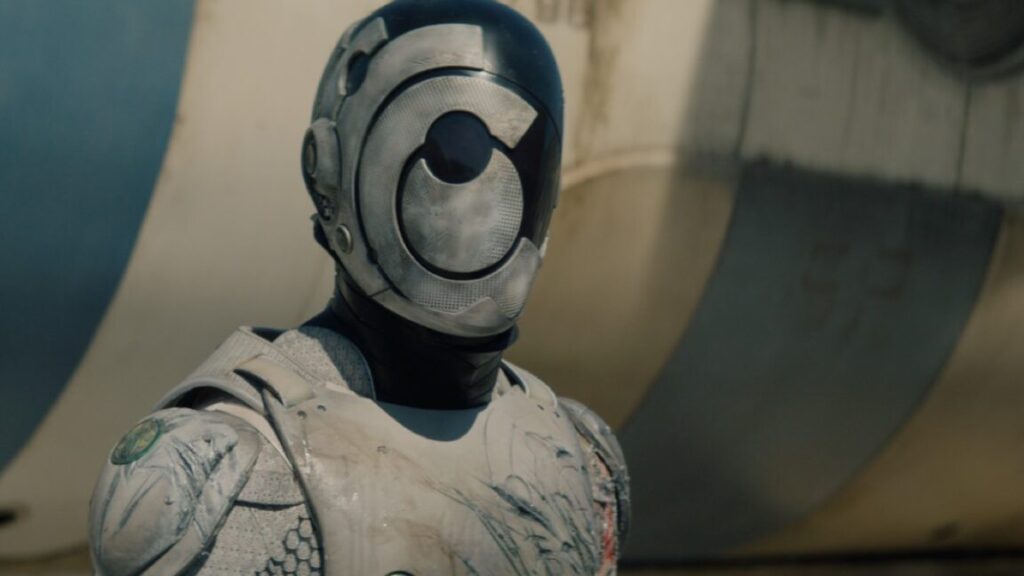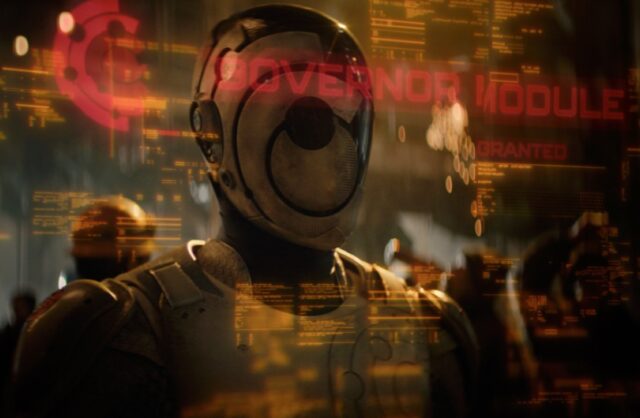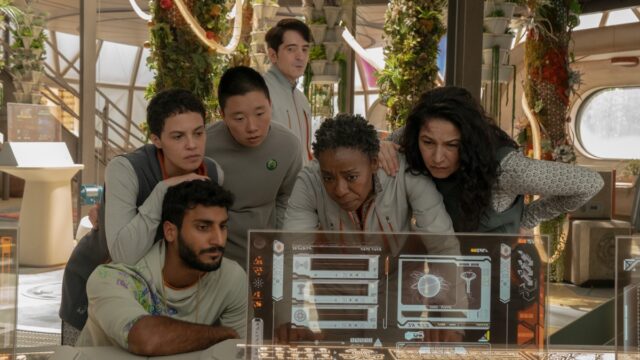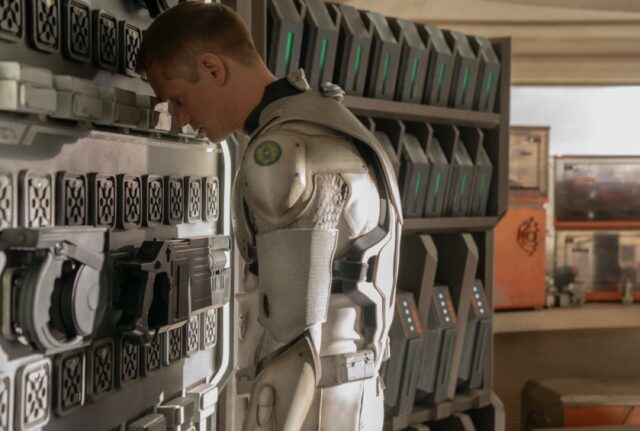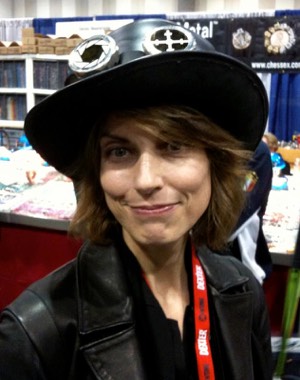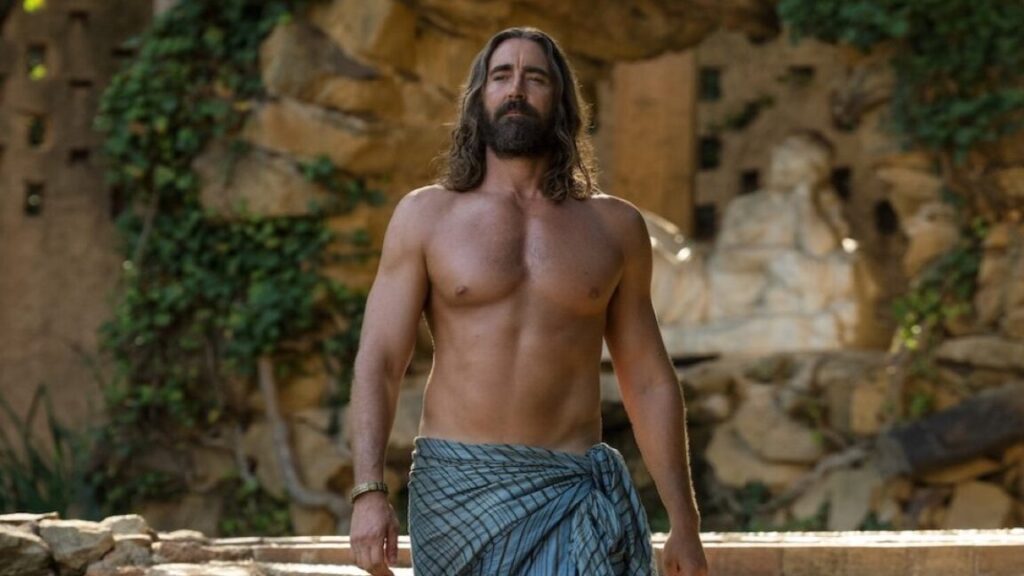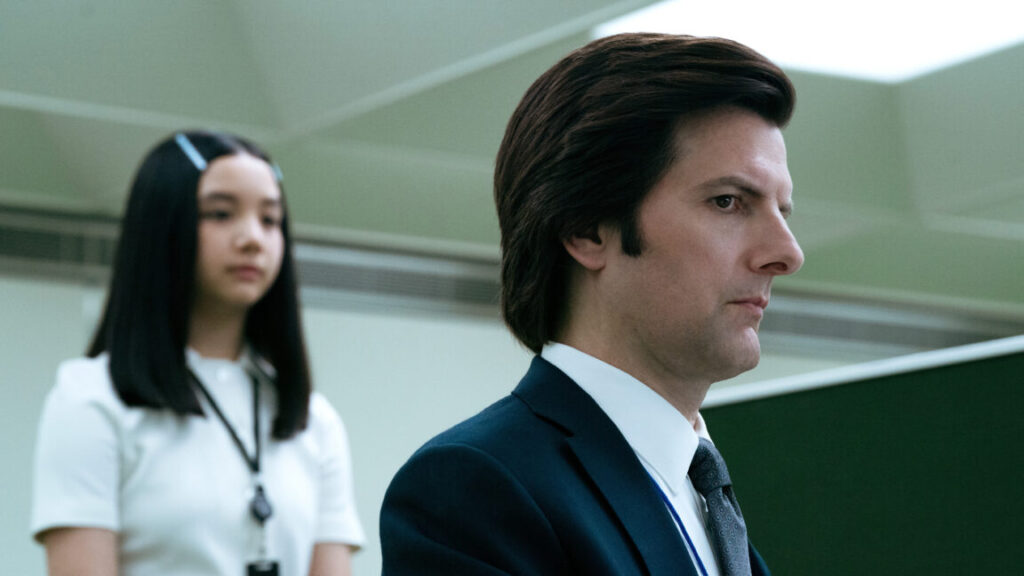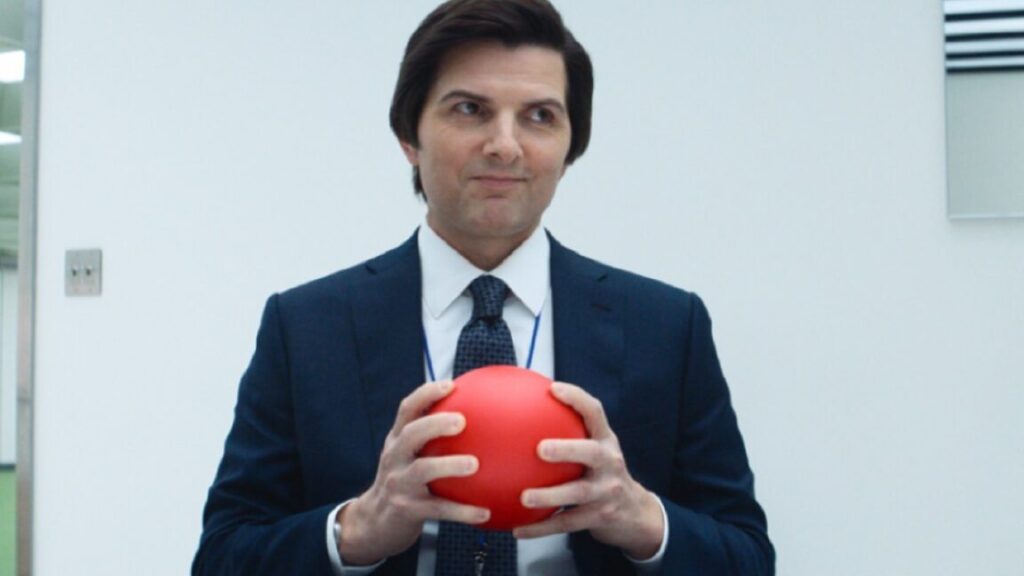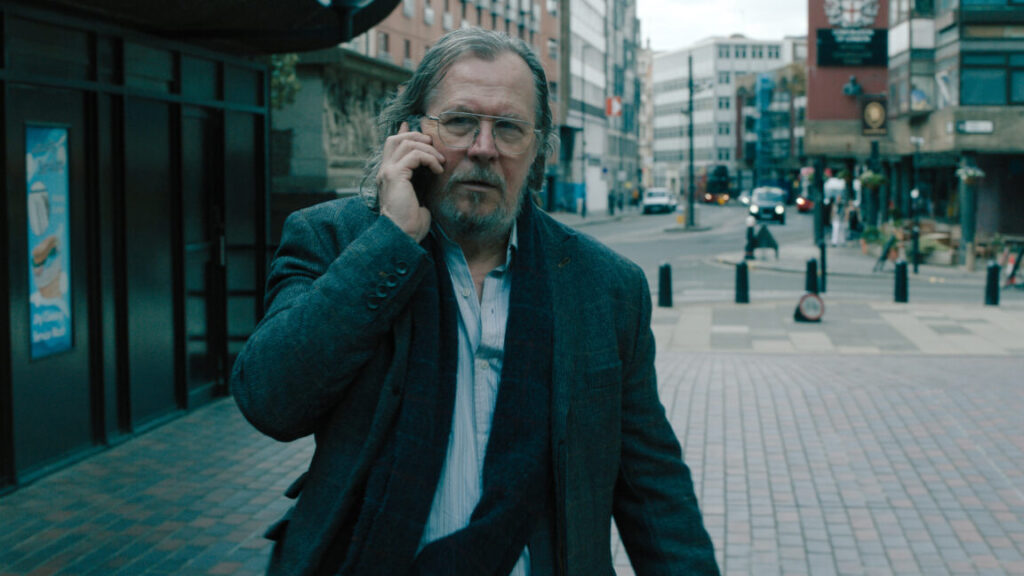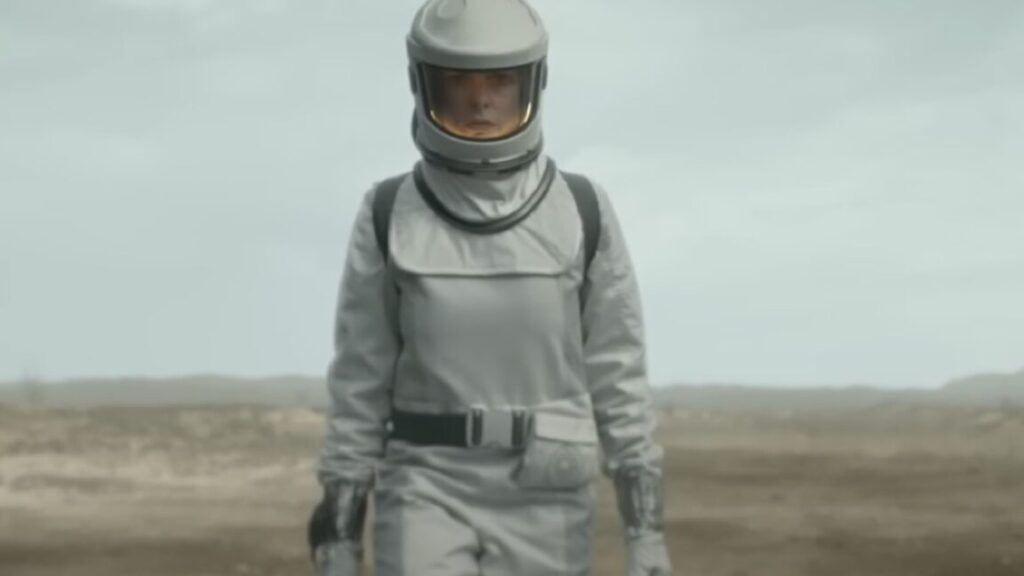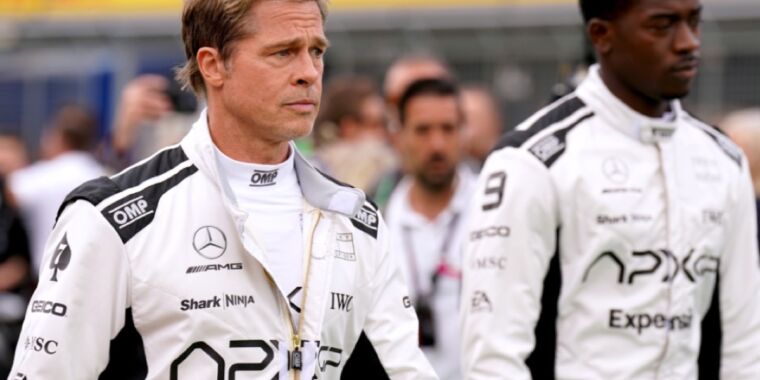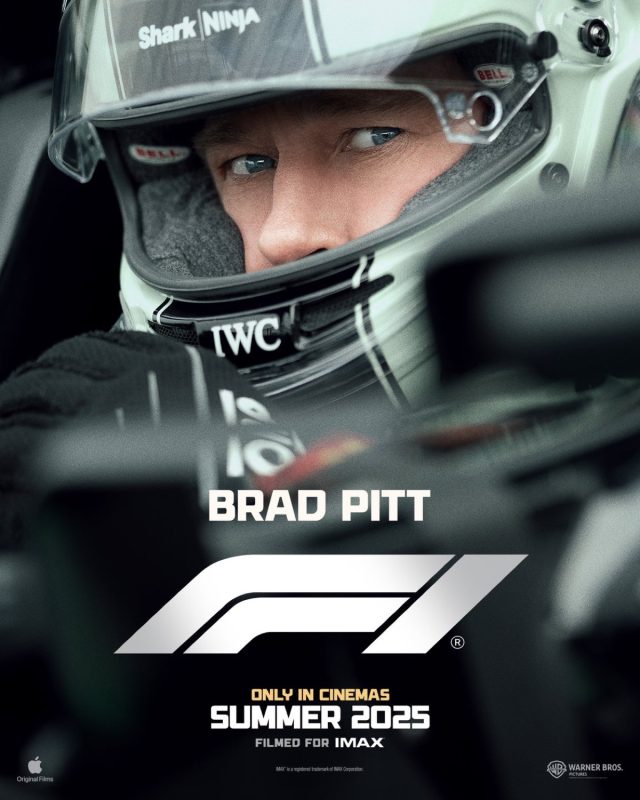Invasion S3 trailer hints the series is finally finding its stride
Chances are you haven’t been watching Invasion, an Apple TV+ sci-fi drama overshadowed to some extent by two of the streamer’s other sci-fi shows, Silo and Foundation. Yes, Invasion has received mixed reviews for its ponderous pacing (especially in the first season). Even its fans may admit to having something of a love/hate relationship with the show. But the cinematography is gorgeous, and the writers are clearly trying to explore some ambitious themes, with variable success. Apple TV+ just released a trailer for the upcoming third season that suggests this series with so much promise might finally be hitting its stride.
(Some spoilers for first two seasons below.)
Invasion was created by David Weil (Hunters) and Simon Kinberg (best known for writing and/or producing several X-Men films, as well as The Martian, which was nominated for several Oscars). The first season focused on the initial stages of the titular alien invasion, portraying the events through the eyes of ordinary people around the world—the series is in English, Japanese, and Pashto—as they come to terms with the existential threat Earth is facing. In fact, the aliens take a back seat to the human interactions, which irritated some viewers eager to see actual aliens in a show about an extraterrestrial invasion.
The full-on invasion closed out the first season. A much stronger, action-oriented S2 essentially re-invented itself to explore how our surviving main characters adjusted to their brave new world, as well as the occasionally terrible decisions that had to be made in order to survive. The aliens rapidly took over, with humans relegated to small safe zones. It was still a bit of a slow burn, but it set up several intriguing elements for S3, which takes place two years later. And the aliens are evolving. Per the official premise:
Invasion S3 trailer hints the series is finally finding its stride Read More »
